Suborder Scolopaci Family Scolopacidae Higher classification Sandpiper Rank Genus | Scientific name Scolopax Phylum Chordata | |
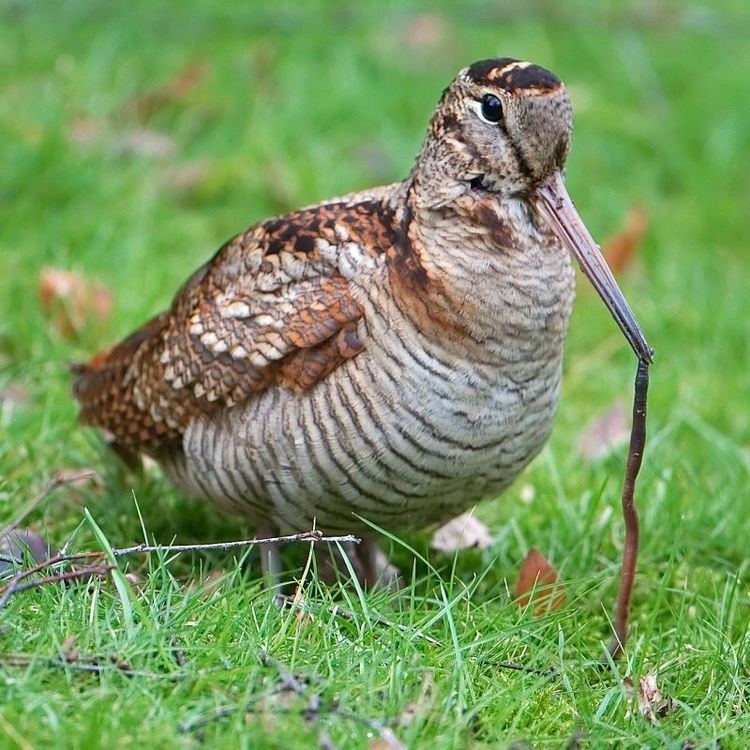 | ||
Lower classifications | ||
American woodcock displaying in maine
The woodcocks are a group of seven or eight very similar living species of wading birds in the genus Scolopax. The genus name is Latin for a snipe or woodcock, and until around 1800 was used to refer to a variety of waders. The English name was first recorded in about 1050.
Contents
- American woodcock displaying in maine
- Baby american woodcocks wild bird rehabilitation
- Description and ecology
- Hunting
- Species
- Fossil record
- References

Only two woodcocks are widespread, the others being localized island endemics. Most are found in the Northern Hemisphere but a few range into the Greater Sundas, Wallacea and New Guinea. Their closest relatives are the typical snipes of the genus Gallinago.
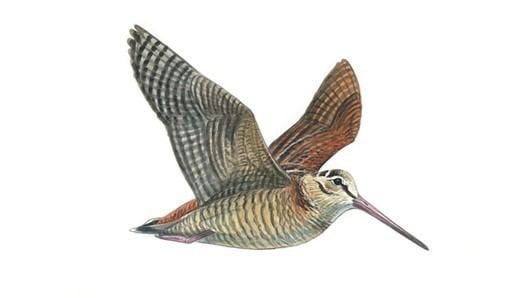
Baby american woodcocks wild bird rehabilitation
Description and ecology
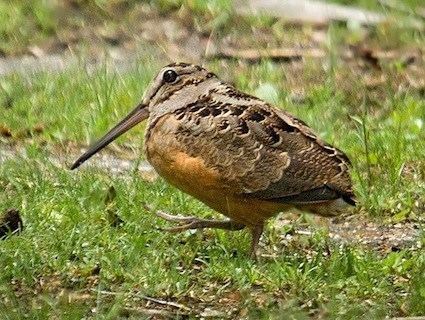
Woodcocks have stocky bodies, cryptic brown and blackish plumage and long slender bills. Their eyes are located on the sides of their heads, which gives them 360° vision. Unlike in most birds, the tip of the bill's upper mandible is flexible.
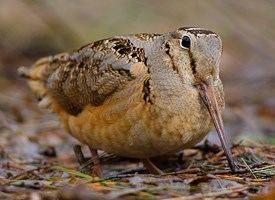
As their common name implies, the woodcocks are woodland birds. They feed at night or in the evenings, searching for invertebrates in soft ground with their long bills. This habit and their unobtrusive plumage makes it difficult to see them when they are resting in the day. Most have distinctive displays known as "roding", usually given at dawn or dusk.
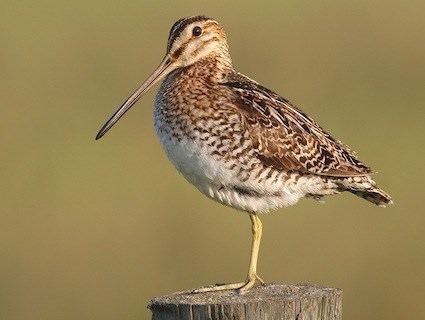
The range of breeding habits of the Eurasian woodcock extends from the west of Ireland eastwards across Europe and Asia preferring mostly boreal forest regions engulfing northern Japan, and also from the northern limits of the tree zone in Norway. Continuing south to the Pyrenees and the northern limits of Spain. Nests have been found in Corsica and there are three isolated Atlantic breeding stations in Azores, Madeira and the Canary Islands. In Asia the sites can be seen as far south as Kashmir and the Himalayas.
Hunting
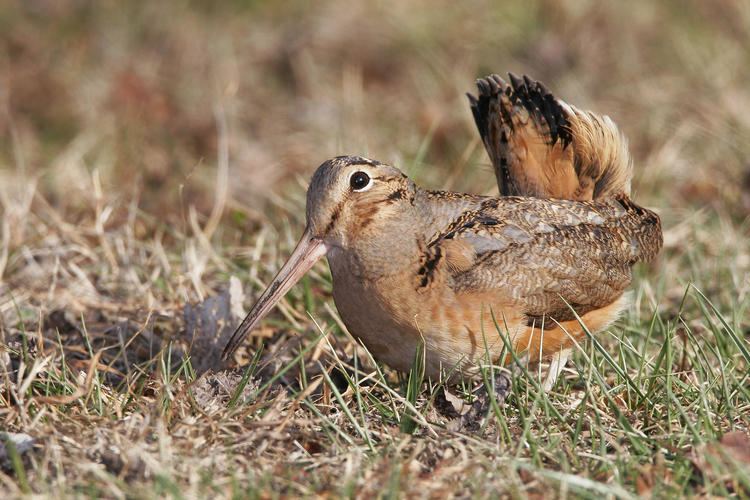
Some woodcocks being popular gamebirds, the island endemic species are often quite rare due to overhunting. The pin feathers (coverts of the leading primary feather of the wing) of the Eurasian woodcock are sometimes used as brushtips by artists, who use them for fine painting work.
Lead ammunition residues present in the meat of hunted woodcock are a potential risk of saturnism (lead poisoning) to consumers, especially for children and pregnant women and their foetus.
Species
The following species of woodcocks are extant today:
Fossil record
A number of woodcocks are extinct and are known only from fossil or subfossil bones. Due to their close relationship to the Gallinago snipes, the woodcocks are a fairly young group of birds, even considering that the Charadriiformes themselves are an ancient lineage. Gallinago and Scolopax diverged probably around the Late Miocene some 10-5 million years ago.
